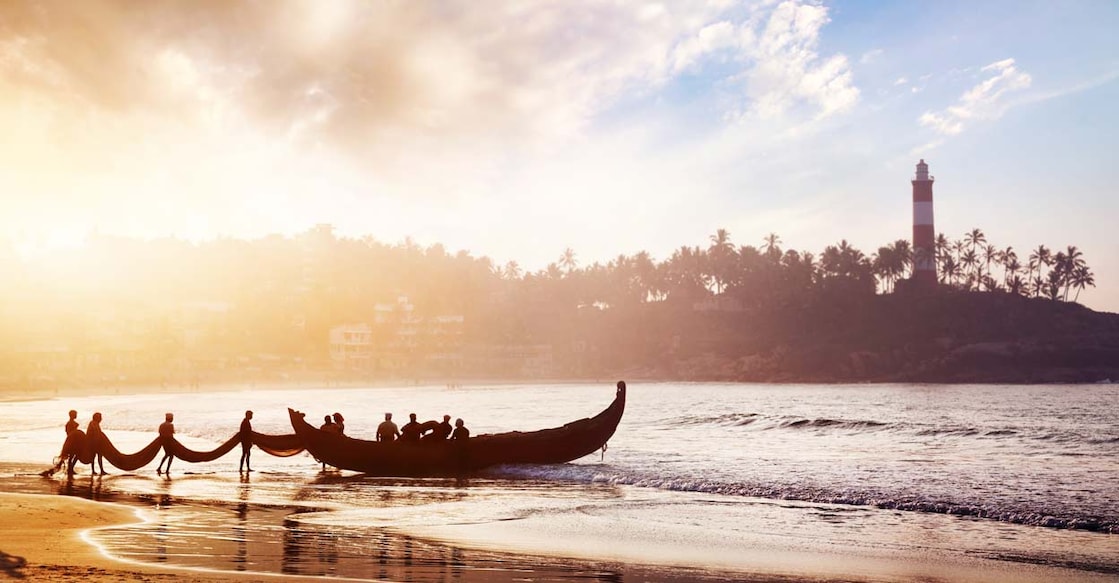Column | How Norway helped modernise Kerala’s fishing industry

Mail This Article
The seafood industry was of great importance to Norway long before it became an oil-rich country. After the Second World War, great efforts were made by the country to develop its marine aquaculture industry. Norway's successes in the harvesting, processing and export of seafood led it to share its technology with countries where it saw similar potential. India, which was struggling to feed its masses in the early 1950s, was seen as an ideal country to help export the Norwegian fishery model. Norway was also keen on a project that would show visible results in poverty reduction that it could showcase to the global community.
In 1952 the Indo-Norwegian project, the Scandinavian nation’s first foreign aid project, was established under a tripartite agreement among India, Norway and the United Nations. It was to be a pilot project that could be replicated in other fishing communities in India. Over the next 20 years, Norway invested about 120 million kroners (around $14 million) to modernise Kerala’s fishing industry.
“In India we find that many people don’t know how large the country really is, for they don’t realise fully that the sea also, with its riches, belongs to it,” Norwegian economist Gerhard Meidell Gerhardsen wrote in a paper in 1959. “Yet there is reason to believe that in the present food situation in India, food return from investment in fisheries development will compare with investment in agriculture.”
Establishment near Kollam
Though it’s hard to imagine now, in the 1950s the coastline of Kerala hardly had any motorised boats, and processing facilities were non-existent. The Norwegians chose the picturesque villages of Neendakara, Puthenthura and Sakthikulangara, which are on both sides of the inlet to the Ashtamudi Lake, to set up the project. The aims of the project were to increase the returns of Malayali fishermen, help them get better organised by the setting up of cooperatives, and also improve public health by building water facilities, latrines and health clinics. The Norwegians helped build motorised boats and new net types and transferred this technology to the Malayali fishermen.
The lofty goals of the project met with partial success in the first few years. The Kollam fishing community was happy to have access to better technology and to venture further out to sea and increase their catch.
“The people are poor, but cheerful, intelligent and extremely cooperative,” Gerhardsen wrote. “They take easily to mechanisation.” The Kollam fishermen were joined on their expanded fishing trips by their Norwegian counterparts who lived in the same villages in special accommodation.
“In the experimental fishing, which is conducted by the Indian and Norwegian fishermen employed by the project, encouraging results with new gear and with modified local tackle have been achieved,” Gerhardsen said in the paper.
Members of the fishing community were not so keen on the other aspects of the projects and found Norwegian hygiene standards not to their liking. It was decided that the project would be moved to Ernakulam in 1961 and focus solely on fisheries. India and Norway agreed to add marine research to the project, helping the former gain knowledge about the fish stock in its waters.
‘Norwegian village’ in Ernakulam
A small number of Norwegian fishing industry experts decided to escape the harsh winters of their homeland and move with their families to Ernakulam. Special accommodation was built for these specialists that included sports facilities and a canteen. The gated community in Pallimuku is now part of the National Institute of Fisheries Post Harvest Technology and Training.
Long-term residents talk about the friendly Scandinavians who spoke a strange language and mingled with locals, but for some reason seemed to keep away from the tiny expatriate community in the city. Several former Norwegian residents continued to visit Kerala years after the project was wound up.
From the situation in the early 1950s when Kerala lacked motorised boats and processing facilities, by the early 1970s, the state had almost 5,000 motorised fishing boats, 50 canneries and 80 freezers. Thanks to the modern boats, fishermen could venture out further and for much longer periods. The project also helped enable an export industry, bringing the much-needed foreign exchange to India. Norway estimates that home ownership among the beneficiary communities increased by 70 per cent. The Scandinavians were disappointed, though, that the idea of fishing cooperatives did not take off. They were optimistic of a self-empowering model like Amul in Gujarat, but this was not to be.
Mixed emotions
In 1972 the project was taken over by the Indian government and renamed the Integrated Fisheries Project. Talk of the project evokes mixed emotions both in Norway and Kerala, since the technological innovations contributed to overfishing. The menace of bottom trawling, which has wrecked havoc on India’s coastline, was unheard of before this project. Norwegian sceptics have also argued that the project only partly succeeded in improving protein supply to the poor in Kerala, as the new catch went to either to wealthier consumers or was exported.
It is, however, an undeniable fact that living standards among the fishing community improved drastically with the advent of modern technology. The whole experience has also helped bring forth a common global understanding that the resources of the sea are by no means unlimited and that they must be managed well. Kerala owes a great deal of gratitude to the Norwegians for their generosity and for literally building a modern fishing industry from scratch.
(Ajay Kamalakaran is the author of 'Globetrotting for Love and Other Stories from Sakhalin Island’ and 'A Week in the Life of Svitlana')


